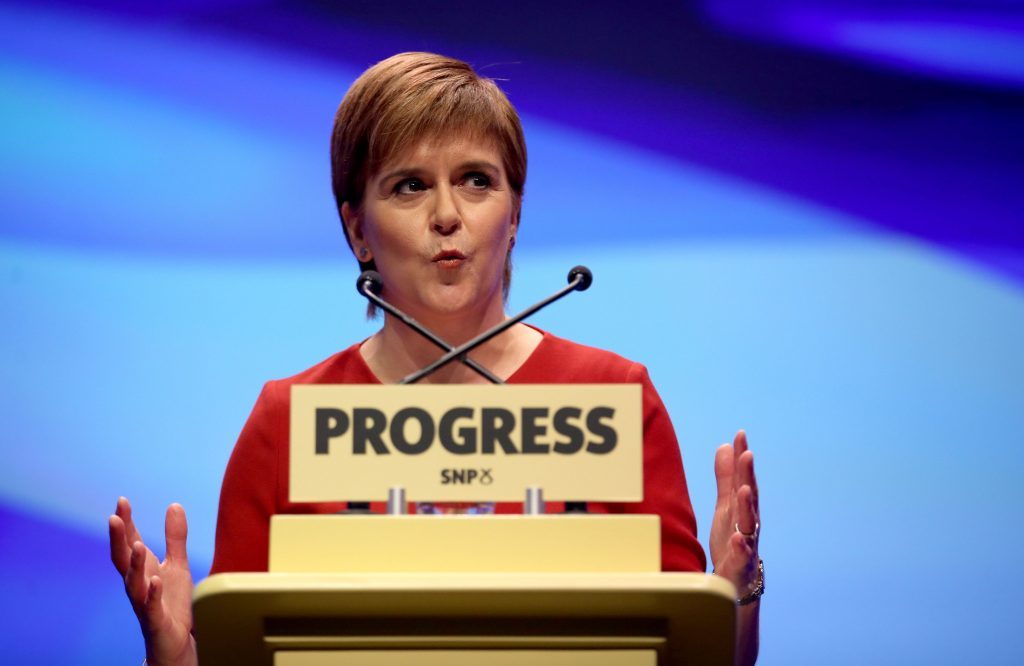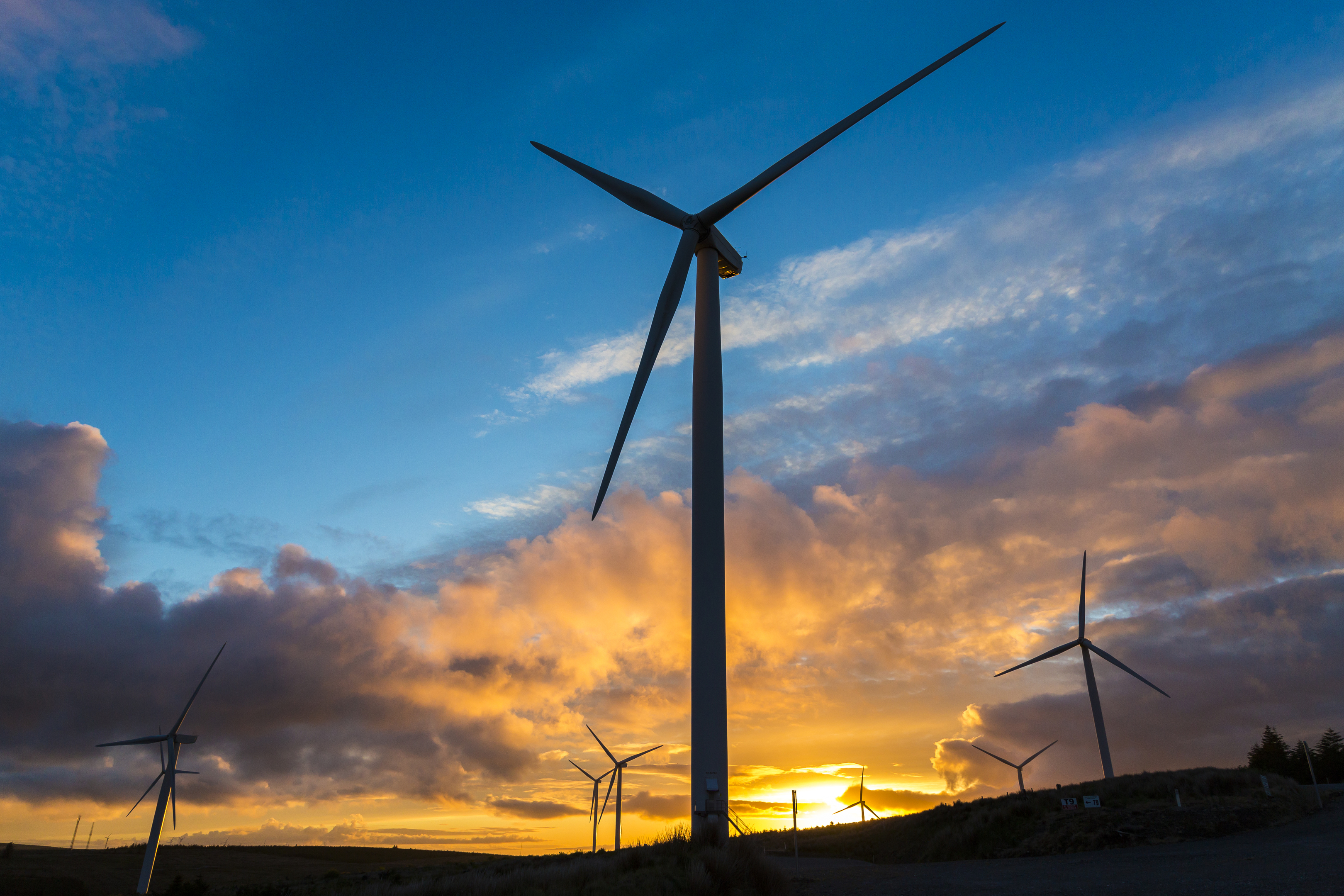
Shaping a sustainable, fair and competitive energy market for the future is a major challenge for both Scottish and UK Governments. Technology outpaces policy; our needs and capabilities are changing as fast as in the era of electrification. Yet the ghost of fuel poverty stubbornly refuses to be slain.
This is why the First Minister’s plans to create a new, publicly-owned energy company to deliver utilities to Scottish households for ‘as close to cost price as possible’ should be welcomed. ‘SturgeonPower’ is a positive step towards a fair, secure and sustainable energy future – but it is just one step.
We have come a long way already. During the last weekend in March, solar panels turned night into day – for the first time, the lowest demand on centralised power stations was in the afternoon rather than in the small hours of the morning. Less than one month later, Britain went 24 hours without any coal-fired electricity for the first time since 1882. Then in June, pollution from electricity was so low that we hit an emissions target we’ve set for 10 years from now. Oh, and throughout May, Scotland managed to generate enough power from wind energy alone to power 95% of its homes.
All of this has been achieved while energy bills have remained range-bound. Increases in network costs have met reductions in the nation’s gas and coal bill. Today’s energy scene is not harder on the pocket than yesterday’s.
But people are still upset. It’s not just about cost; it’s also about trust, engagement, information and control. We don’t have those, in general. We have opacity, confusion and suspicion, and missed opportunities to do better.
Community energy changes the game. We’ve already seen how this can work – Aberdeen, Gateshead and Nottingham all have publicly-owned community energy schemes based around heat networks. Community schemes can find synergy between different energy uses and generation capabilities. One site’s cooling problem is another’s heating opportunity. A solar farm might be held back by network constraints just when it’s sunniest, but not if there’s a local vehicle charging station ready to soak up the excess. Community energy doesn’t just diversify the energy mix; it can actually make money for the consumer. Better yet, community energy means community engagement.
Creating a challenger supplier is a lot cheaper than nationalisation, and it’s more likely to have the desired effect of forcing established suppliers to improve their game. But by supporting community energy, SturgeonPower could transform the dynamics of the Scottish energy system.
Communities are diverse. Some are ideal for heat networks; some are located close to renewable resources. Some have energy-hungry industry nearby, while others are centres of commerce. We’d like to see the new business supporting a decentralised network of community energy assets of all types, underpinned by full use of smart grid technology to ensure these assets are used to maximum efficiency.
It’d be big, bold and unprecedented – but the time for timidity is over. Energy is transforming anyway. By getting into the heart of that change and directing it towards communities, the First Minister can achieve her goal of protecting vulnerable people, and at the same time make energy work for everyone.
Alastair is chief strategy officer of Flexitricity, which he founded in 2004, after formulating the core Flexitricity concepts of aggregated load management and flexible generation. Alastair is a professional energy engineer with experience ranging from gigawatt-scale coal and nuclear power stations, through industrial efficiency, to small wind, solar, biomass and hydro generators. Before founding Flexitricity, Alastair worked on energy efficiency and renewable energy at Scottish Water.
Recommended for you
